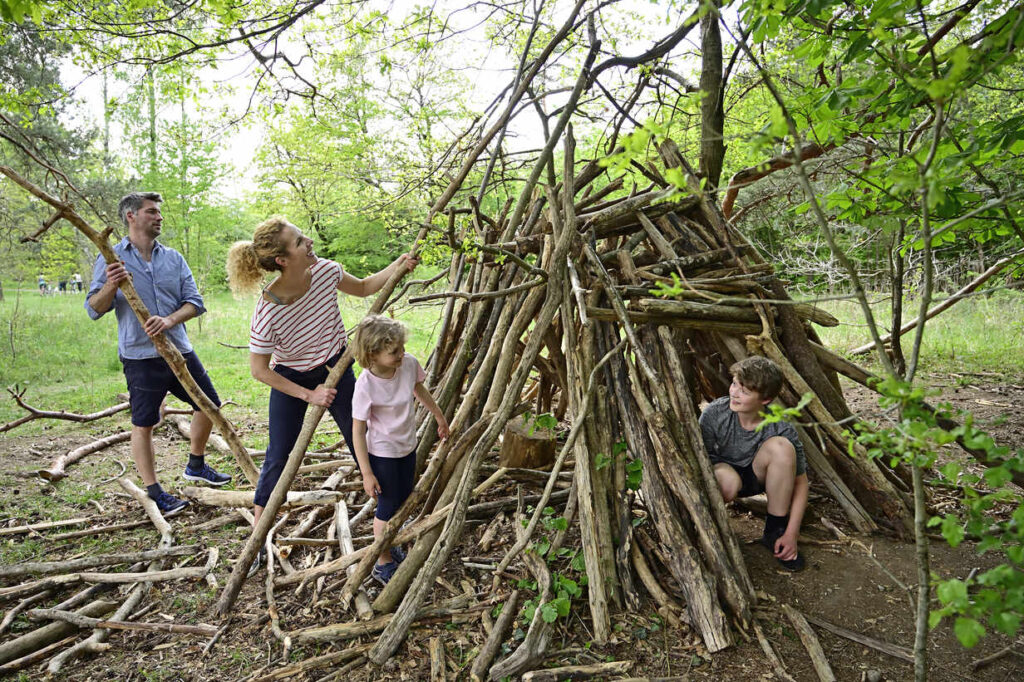Having a child going through any phase of growing up has never been more of a challenge when it comes to proper upbringing and keeping them away from screens. Did you know that teenagers who spend their free time in front of screens – surfing or scrolling through social networks – show lower levels of happiness than those who spend their free time in activities away from various screens, the results of a new study have shown?
It is because their brains and senses feel overstimulated by the information coming from the device, and as such are very happy. But once the screen is taken away, the outside world simply doesn’t give the same satisfaction, making an individual less happy.
So, what can you do about it? Here are some ideas you can utilize, to ensure your teens spend their summer offscreen and have fun.
1. Summer camps
Although they may be tired of old summer camp concepts, they might still be up for an adventure camp for teens, though. These include a bunch of peers going on an adventure of their lifetime, to a place that’s exciting as ever. When it comes to location offers, there are no boundaries, the world is literally at its feet. They’ll be socializing, learning about the world, doing super exciting adventures, and so much more.
2. Regular visits to the cinema, theatre, or a music festival
This is also a great way to bond with your teen. Regular outings together bring an opportunity to socialize in a relaxed atmosphere without the pressure that you “have to” talk, and by socializing after a movie or a play, there will also be an opportunity to talk.
3. Include your teen in daily meals prep

Source: houseofwellness.com.au
At this age, children and young people show an interest in cooking. In addition to the meal, you will also have the opportunity to socialize and talk. Teach them to prepare simple meals, pancakes, or their favorite dishes that they can brag about to family and friends. Food-related gatherings lead to pleasant and warm conversations and are an excellent skill-developing activity they’ll have plenty of use afterward.
4. Spending time in nature
Although at the mention of hiking and similar activities, there may be some outcry, many parents say that when they get their children to join them, it’s great.
5. Activities related to common interest
Do you like reading, exercising, painting, photography, crafting, car or bike repair, furniture restoration, thrift stores, art shows, plants, and video games? Does your child like any of these? If so, take advantage of it and enjoy what interests you together. If you don’t have common interests, show interest in what interests your child. Maybe you like it too!
6. Sports activities

Source: parentmap.com
Many parents build and maintain quality relationships with their children through joint sports activities. Doing sports together brings time spent together, but also topics for conversation. This is a great summer activity.
7. Going on a trip
Excursions or trips where you will learn something new together, and get to know a new city, place, or culture are a good opportunity to get closer and create shared memories.
8. Community work
Clean up a stream, beach, or grove near you together. Let them invite their friends too. Volunteer together at a home for the elderly, cook for the homeless, or an association in your town or neighborhood. There’s no better way to spend your time in general, than through selfless activity.
9. Join a challenge together as a family

Source: westend61.de
You can agree to work on a challenge together for the next 30 days. For example – take 10,000 steps every day, do a plank, jump rope, run, eat five meals of fruits and vegetables, have a healthy breakfast every day, do a good deed, etc.
Once again, research findings point to the fact that teenagers who spend more time in front of small screens – playing games, using social networks, or texting – are much less happy than those who invest their time in activities away from the screen. Sports activities, reading books and magazines, and physical social interaction have been shown to positively influence the level of happiness in teenagers.
On the other hand, abstinence and not using digital media also do not affect a higher level of happiness among young people. The solution is somewhere in the middle, that is, in the moderate consumption of digital media. The research showed that the happiest teenagers were those who spent a little less than an hour a day in front of the screens. Each additional hour spent in front of a small screen is associated with higher levels of unhappiness.
The advice, therefore, lies in being moderate: do not use digital media for more than two hours a day, socialize more and engage in various activities such as sports or going to nature – both of which have been proven to affect higher levels of satisfaction and thus happiness.
Smart devices today are an integral part of growing up and affect the creation of unrealistic expectations among young people, and in combination with reduced physical activity and lack of live social interactions affect the level of happiness.
The increase in the number of time teenagers spends in front of small screens, which occurred between 2012 and 2016, further reduced the level of happiness among young people. This is not surprising, given that the number of offered content and applications is growing day by day. But, what can you do about it? Switching to a different era of existence is not possible. Being careful about how much your teens are exposed to all of this is something you should be at all times, because the price to pay otherwise, is too high. As we mentioned, teach your kids to be moderate.

















